How to remain injury-free when you're hiking this summer
An expert guide to four easy-to-follow strategies for staying safe on the trails
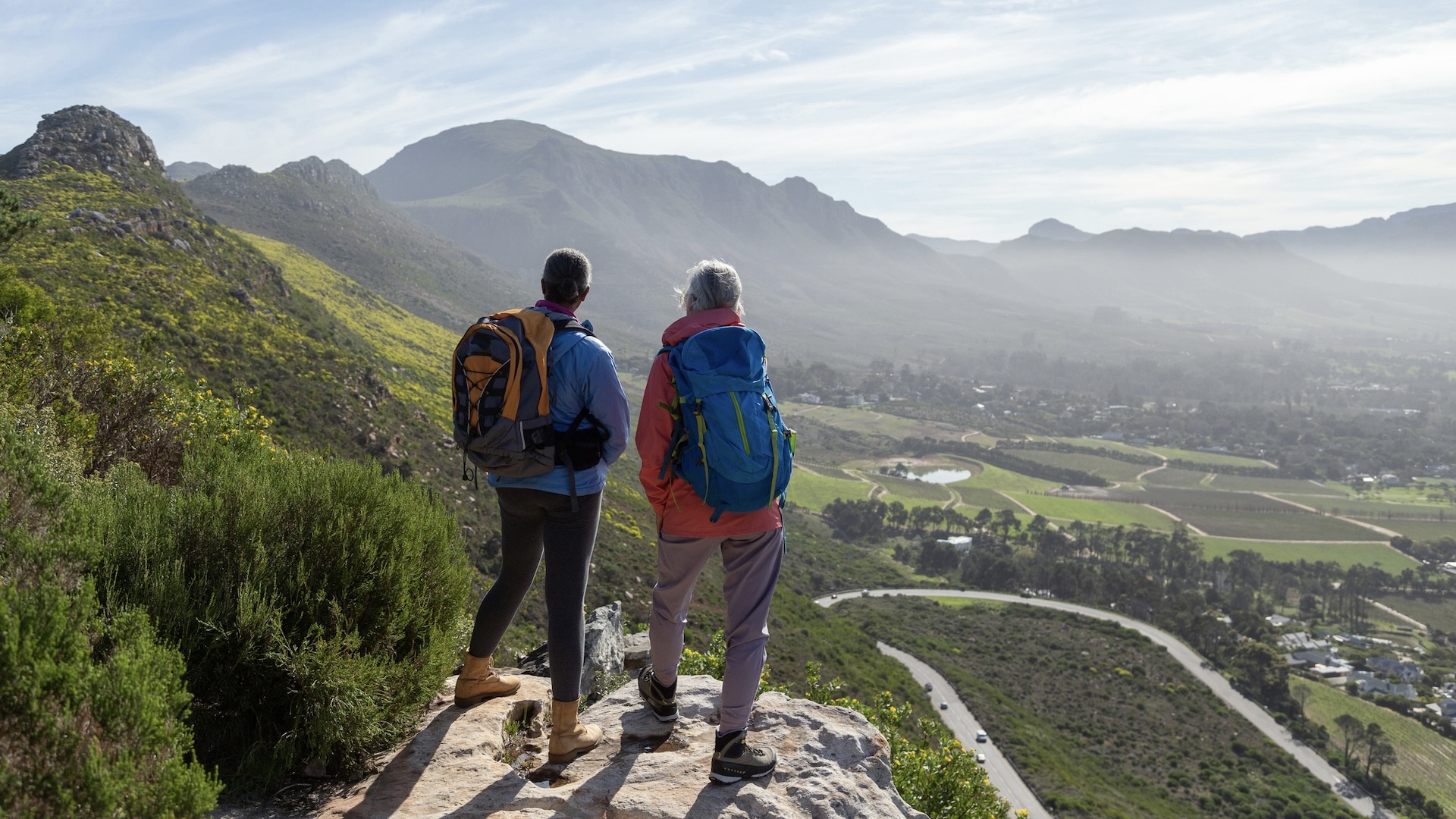
If you’re a regular hiker, or even if you’ve just recently caught the bug, the ultimate frustration is an injury. In addition to interrupting your momentum, it can affect your confidence once you recover and start hiking again.
Some of the most common hiking injuries include sprains, strains, hypothermia, heatstroke (hyperthermia) and dehydration.
The good news is that all of these common injuries can be avoided. James Staring, the founder and lead fitness coach at Fit to Last Personal Trainers, suggests four strategies to help hikers to avoid injury and keep your body strong and stable so you have confidence on your next hiking adventure.
He says: “The aim of these strategies is to build them into your life as habits. By practising these habits consistently, you’ll enjoy hiking more as your confidence grows.”
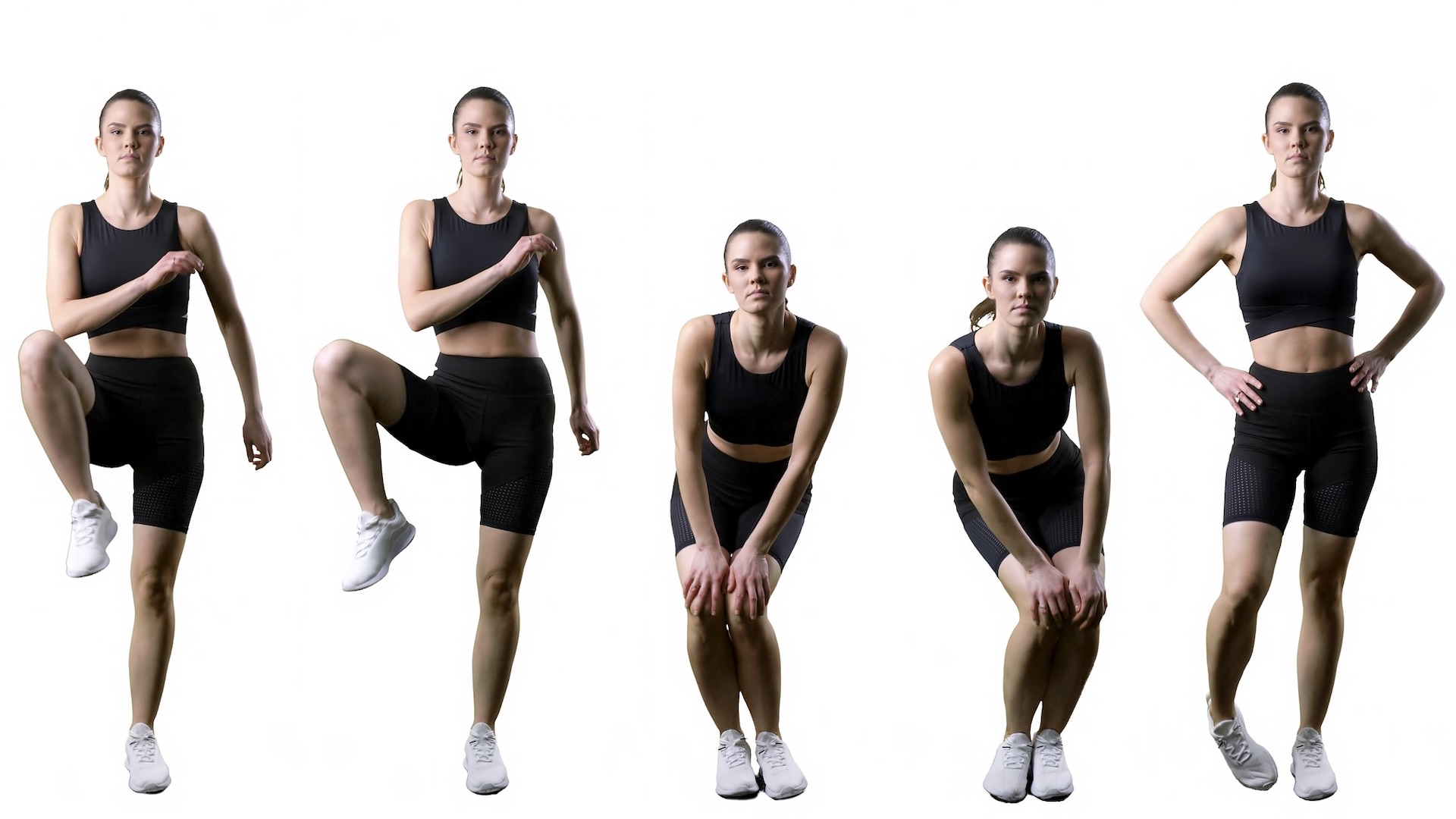
Warm up ankles and hips before each outing
James says: “You should treat hiking as a workout, just like any other, and make sure you warm up your body accordingly.
Ankles
James suggests: “A very simple way to warm up your ankles is to stand with your feet shoulder-width apart. Place one foot with your heel flat and the other foot with the toe in contact with the ground. Rotate the ankle 10 times in each direction, and repeat on the other ankle.
Advnture Newsletter
All the latest inspiration, tips and guides to help you plan your next Advnture!
Hips
Your hips are the connection between your back and your legs. By warming up your hips, you can adapt to changes in terrain, as well as handle steep inclines and declines with increased ease.
James suggests: “A simple way to warm up your hips is to swing one leg forward and backward 10 times, then change sides. Steady yourself with a prop on one side of you if it helps balance. Try to swing your leg a little higher each time you swing, keeping your back straight and your upper body still.”
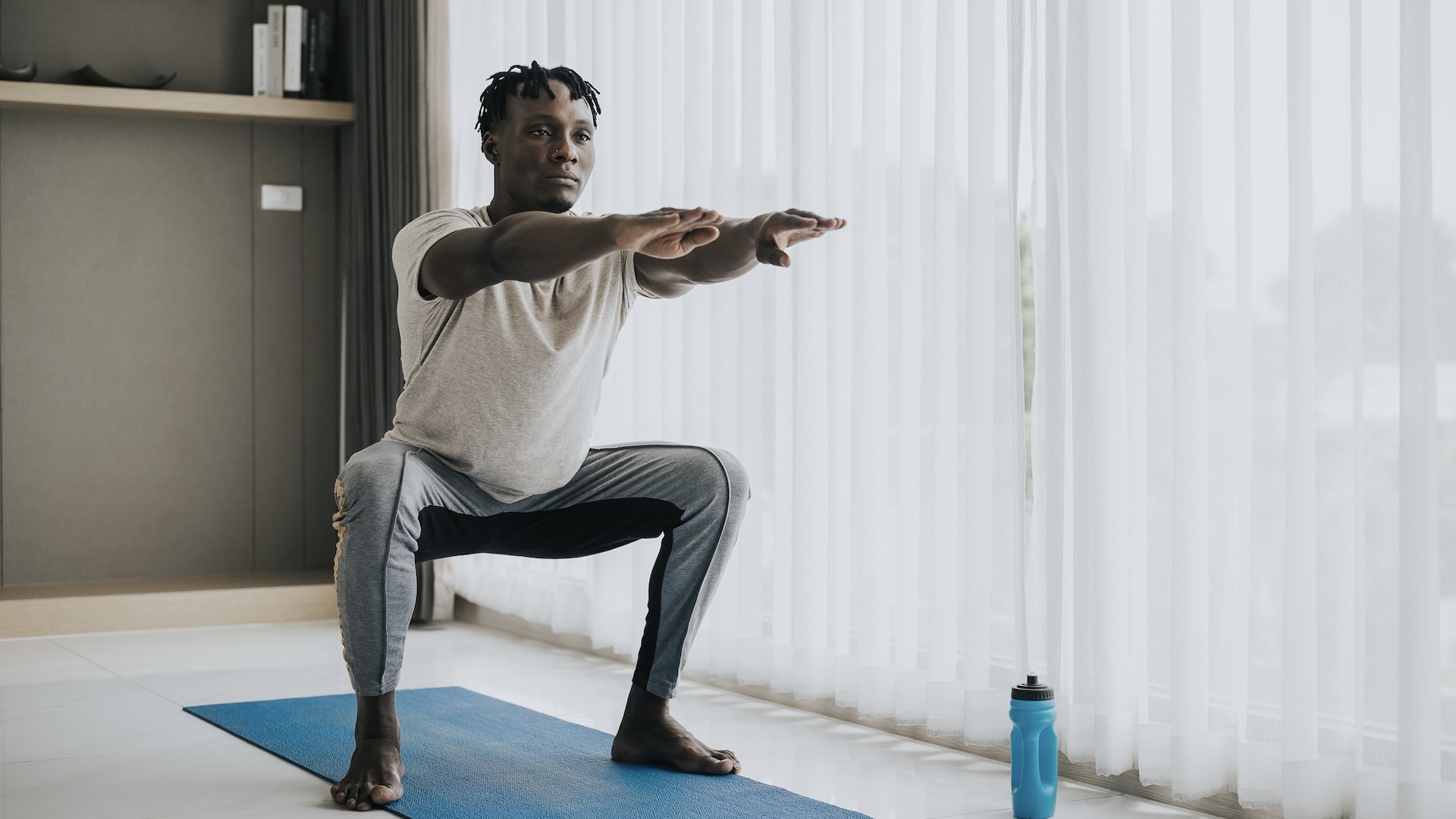
Strengthen in advance
James says: “Sprains and strains can often result of you doing too much without preparing yourself physically first. By performing some basic strength training exercises you can fortify your body and hike for longer with confidence.”
Here is a list of basic movements to help you get your body hiking fit:
Bodyweight box squats
Box squats are an excellent movement to help you build stronger legs and, specifically, strong glutes and hamstrings.
Start with your feet shoulder-width apart, standing in front of a chair. With your heels planted firmly on the floor and your back straight, slowly sit in the chair, then standing up quickly without allowing yourself to sit for more than one second.
Repeat three sets of 20 repetitions with 45 seconds of rest between each set.
Calf raises
Calf raises will help to strengthen your calves and Achilles tendons. Calf muscles and the achilles tendon are especially active when you hike on uneven terrain or on steep inclines, so it’s important to strengthen these areas in advance.
Stand on the edge of a stair with your heels hanging over (hold on to something to keep yourself steady). Slowly lower your heels below the edge of the stair until you feel a stretch in your calves. At the bottom of the movement hold the stretch for a count of one, then quickly raise your heels to the starting point and repeat.
Take stairs two at a time
Taking stairs two at a time is a simple way to stretch out your hips, improve your thigh and glute strength and also climb stairs twice as quickly.
James says: "You’ll also get a nice little cardio hit as this is harder than climbing one at a time, so you’ll get stronger and fitter in the process.
"In fact, whenever you take a flight of stairs, try taking them two at a time instead of one. Keep your chest up and your back straight as you climb and then be prepared to wait a moment for anyone you’re taking the stairs with."
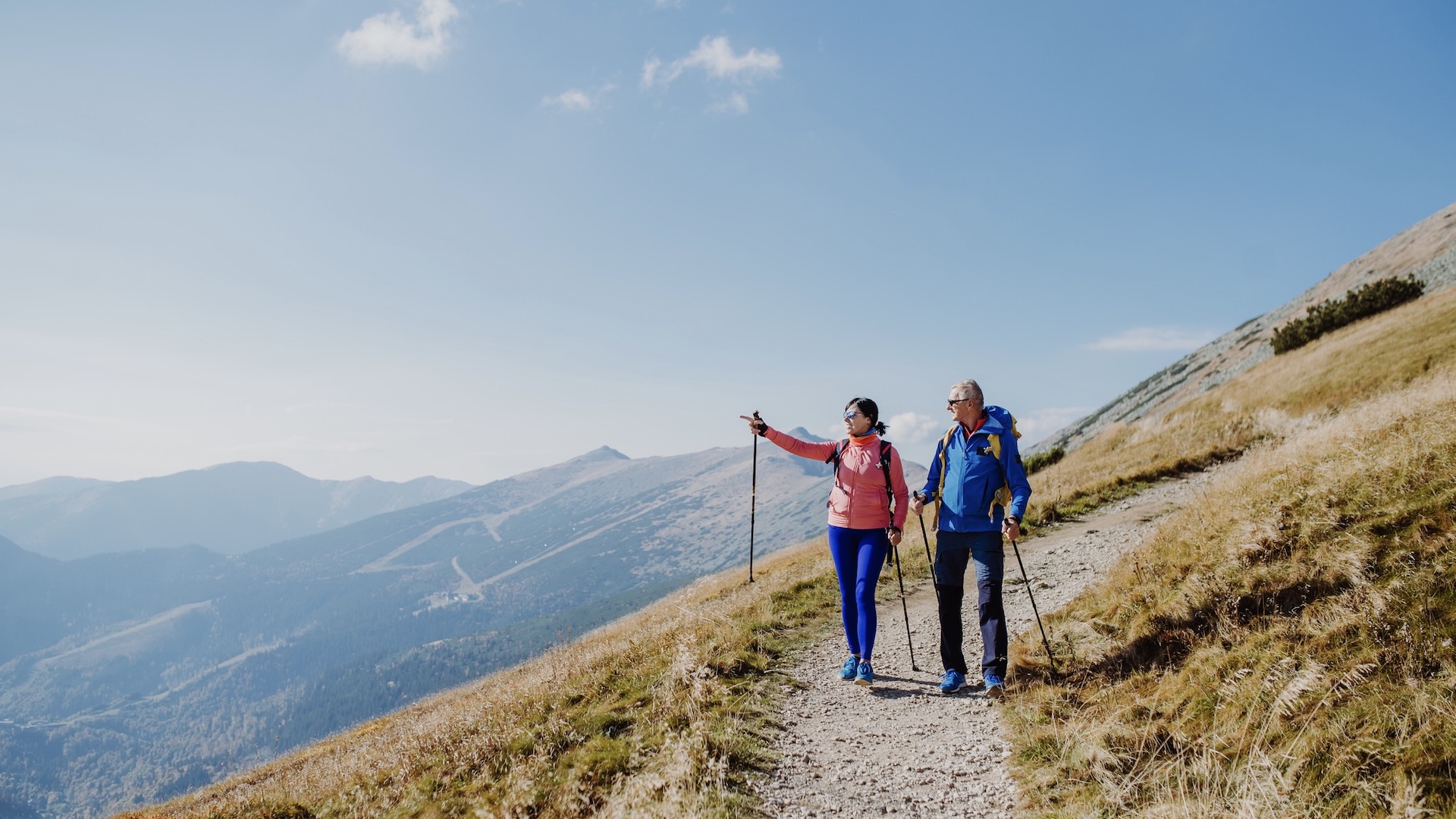
Layer up to keep the heat in – and let it out
James says: “Most hikers will already be aware that layering hiking clothing helps to protect you from the perils of hypothermia whilst hiking. It also enables removing of layers if you start to overheat, which is referred to as hyperthermia.
According to the NHS, hypothermia occurs when your core body temperature drops from 37.8C to 35C. Hyperthermia, the opposite of hypothermia, can occur when your body temperature increases from 37.5C to 38C, according to Medical News Today.
By planning in advance and wearing layers when you hike, you can manage your body temperature more effectively and help to prevent under or over-heating.
Check out our guide to effective layering when hiking. A key layer is merino wool, and this is considered to be one of the most effective options for a hiking base layer. Merino wool is the right material to keep the heat in, while also preventing overheating.
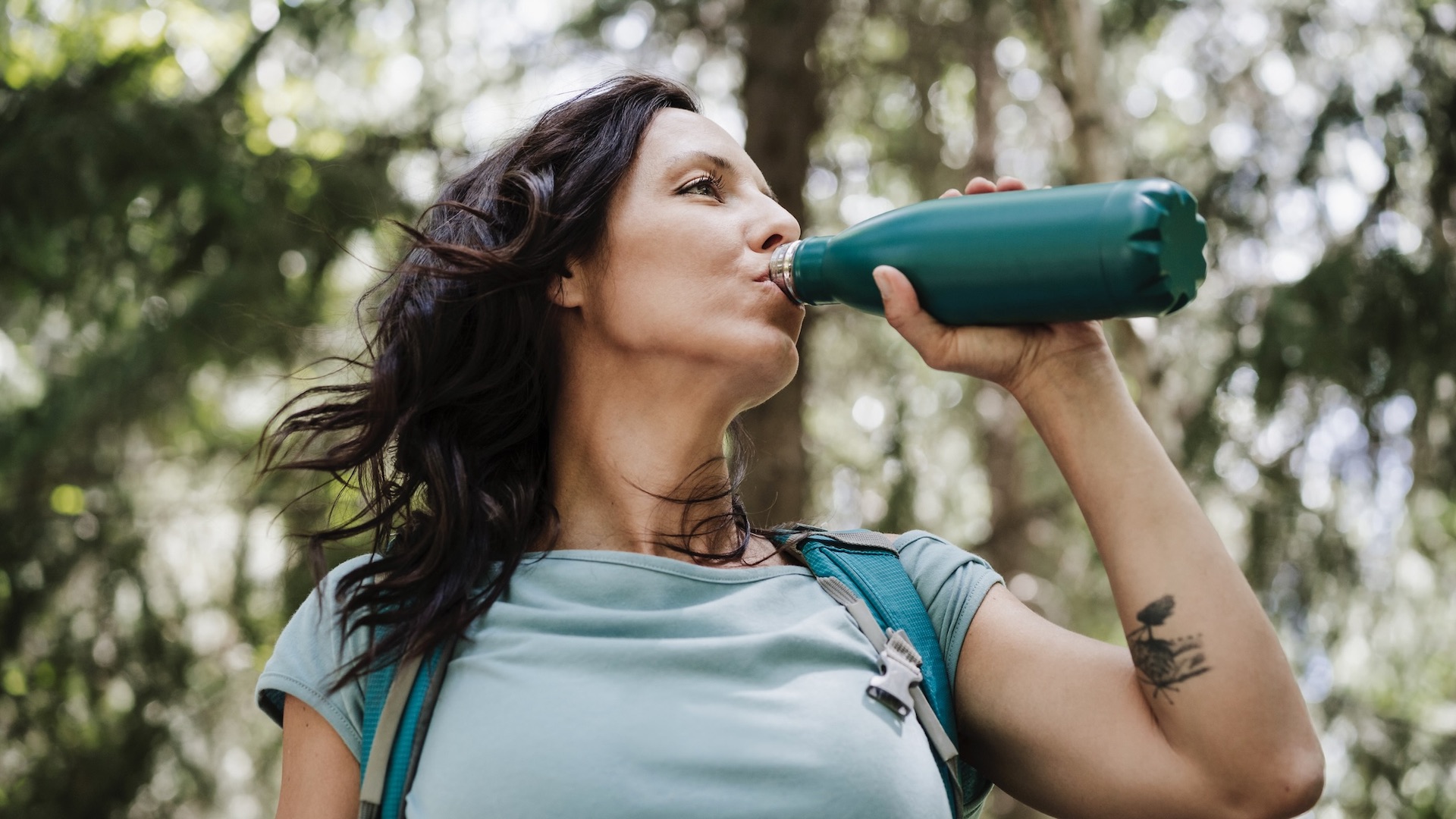
Hydrate, with a dash of salt when necessary
There are several signs of dehydration when hiking, such as confusion and disorientation. This can cause an otherwise experienced hiker to lose their way.
Part of the solution to dehydration is to hydrate habitually when you aren’t hiking. This is as simple as sipping water through the day, then having a glass of water before every meal. You’ll know when you’re properly hydrated when your pee is clear and happens frequently.
It’s equally important to top up on fluids when hiking. If the weather is exceptionally hot, adding salt to the mix will also help manage the loss of electrolytes from sweating.
By adding electrolyte tablets to your water bottle, or snacking on trail mix, you’ll keep your fluid and electrolyte levels topped up. This will ensure you stay topped up on fluids as well as electrolytes and enjoy a safe and fully hydrated adventure.
The key to maximizing the benefits of these tips is to make them part of your routine. By adding the exercises to your hiking routine and including the layers and hydration options to your kit list, you’ll be prepped and ready to hike safely and confidently.
- The best hiking shoes: tough, lightweight footwear tested and rated

Fiona Russell is a widely published adventure journalist and blogger, better known as Fiona Outdoors. She is based in Scotland and is an all-round outdoors enthusiast with favorite activities including trail running, mountain walking, mountain biking, road cycling, triathlon and skiing (both downhill and backcountry). Aside from her own adventures, Fiona's biggest aim is to inspire others to enjoy getting outside and exploring, especially through her writing. She is also rarely seen without a running skort! Find out more at Fiona Outdoors.
